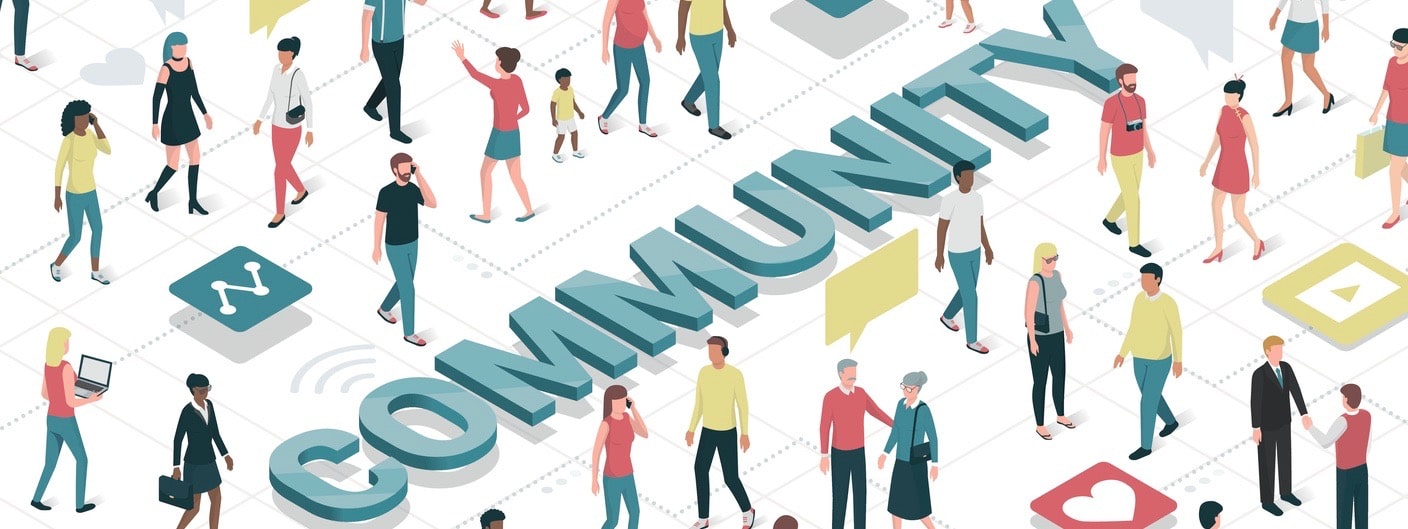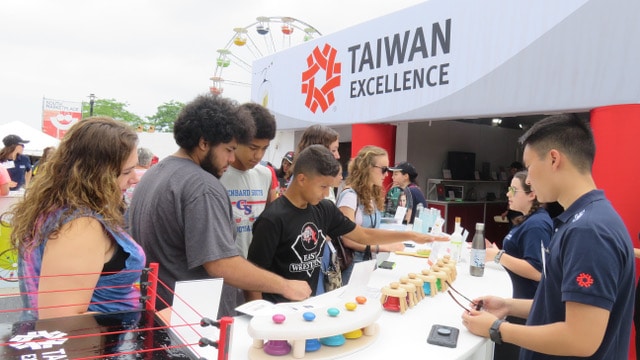If the early-in-my-PR-career me were looking at the current me writing this article, he would either be laughing or looking at me incredulously.
In the earliest days of my career, I was a media placement machine. Getting a client placed was as simple a proposition as dunking cookies into milk. “Michael, I need a placement for my client!” Boom. I had it before the end of the day. Securing a media placement is what we are supposed to do, right?
But the current me is going to teach the old me a new trick—depending upon the project, the best media placement could be no media placement at all.
(Listen for crickets chirping here.)
The world of media has changed such that community news doesn’t get the ink or airtime that it once used to generate. But we PR counselors have an incredible power—how to communicate, especially to those who WANT to listen to your messages. WE can deliver community news and—when given the opportunity—we can help clients deliver the impact they are seeking…just like a story with a photo can do in your local newspaper.
A recent community outreach effort made me realize just how powerful this change can look—and as importantly, how it can feel.
Human experience trumps technological know-how
I have been working with an organization called TAITRA, which is Taiwan’s economic development council. I was part of a team that was charged with showcasing the best of the country’s top products and technological innovations while dispelling the myths associated with the country—that all they do is produce computers.
Throughout the year, TAITRA showcases the country’s products at a host of trade shows, seminars and symposiums. Among the most interesting ones took place at Summerfest, often recognized as The World’s Largest Music Festival. That a country chose to showcase technology at a music festival made for interesting media opportunities. While it would have been nice for media to attend these events, there was major news in happening in Milwaukee and Wisconsin, including the President coming to town and excessive heat. Still, we went forward with these events because of the audience who is touched by our actions—kids.
A large part of our effort was facilitating programs with two of Milwaukee’s top cultural institutions—Discovery World Science & Technology Center and The Betty Brinn Children’s Museum. Both organizations have excellent credentials and programming for kids utilizing technology, but TAITRA has a vision of showing how innovation can impact anyone’s life—and in places that we don’t associate innovation. We wanted to do more than educate kids; we wanted to have some fun along the way.
So we used a toy robot—RoboHero—to show coding, robotics and wireless technology can come together to influence children’s enjoyment and curiosity.
We met 10-year-old kids who can tell you how they feel robotics will be a part of their future careers.
We met a 4-year-old girl who had never “met” a robot before, but asked if she could have one instead of the pet dog she had been asking her parents for.
We met a host of 12-year-olds who have coded more applications and programs than most high school students.
Above all else, we met families whose initial thoughts of Taiwan were one-sided, i.e., that all Taiwan wanted to do was export their products to the United States. With community relations, we brought people together to discuss. To share. To learn. In the process, they learned that Taiwan wants to help people improve their lives and help businesses in Wisconsin grow. We invited the families who we met to our booth to showcase other ways where Taiwan’s excellence in technology can improve their lives.
This project was a great success not just because of the media that was secured. We created communications that got people talking with one another; we created content that got kids involved with the products and ideals that the client stands for. Above all else, we stimulated our client’s conversations in ways that had not done before.
Sure, we PR people are hired to secure media coverage. But when we use all of the gadgets in our PR Hero tool belts, we help clients enact change, influence perceptions, change attitudes—all the things that we want media to do when we get a story placed.
My young me and my current me can agree on that.




